Analysis of Fat Soluble Vitamins By HPLC-DAD
Introduction
Vitamins are critical compounds which are essential for normal metabolism function. They are naturally found in many foods but are also often added to processed food products. Additionally, vitamin supplements are a growing trend among people whose diet is restricted. Vitamins are categorised into two groups; water soluble and fat soluble. The most common fat-soluble vitamin supplements are Vitamin A (retinol), Vitamin A Acetate (Retinol Acetate), Vitamin D2 (Ergocalciferol), Vitamin D3 (Cholecalciferol), Vitamin E (dl-α-tocopherol), Vitamin E Acetate (dl-α- tocopherol acetate) and Vitamin K1 (Phylloquinone).
SCION Instruments developed a qualitative method for the simultaneous identification of seven fat-soluble vitamins. As individual vitamins are unstable, it is recommended for quantitative analysis that each vitamin components is prepared and analysed with individual analytical methods.
Experimental
A SCION 6000 HPLC with DAD was used with a C18 reverse phase column for the simultaneous identification of seven target compounds. Utilising the capability of the DAD to select multiple wavelengths it was possible to identify all seven target analytes over three different wavelengths.
Analytical standards were prepared with a range from 0.01mg/L to 10mg/L for Vitamin A, 0.1mg/L to 100mg/L for Vitamin A acetate, Vitamin D2, Vitamin D3, and Vitamin K1 whilst the calibration range of Vitamin E and Vitamin E acetate was 1mg/L to 1000mg/L. Standard dilutions were made from stocks using methanol. Samples included a Vitamin E enriched supplement and medicated eye drops. All samples were prepared with a 1:10 methanol dilution before being passed through a 0.2µm filter. Analytical conditions for the HPLC-DAD can be found in Table 1.
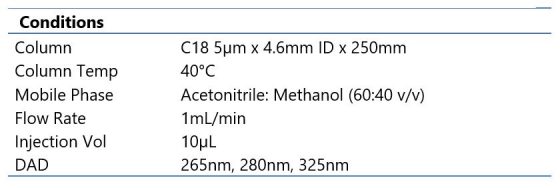
Table 1a. Analytical conditions of the HPLC-DAD
Results
Excellent linearity was observed throughout the analysis with each individual calibration curve exhibiting an R2 of 0.9999 or greater. Figures 1 and 2 highlight the calibration curves for Vitamin A and Vitamin E.
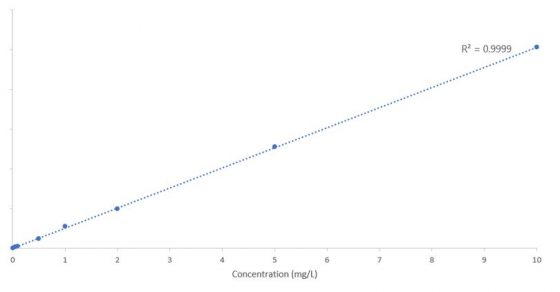
Figure 1. Calibration curve of Vitamin A
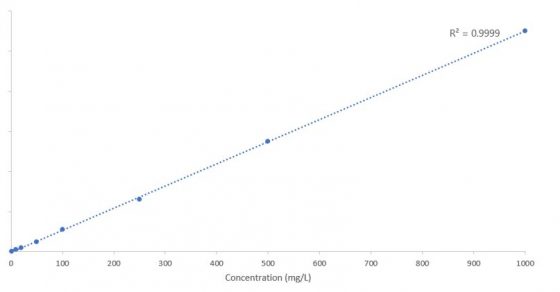
Figure 2. Calibration curve of Vitamin E
As shown in the above figures, it is possible to analyse a wide range of concentrations on the SCION HPLC-DAD without compromising on linearity. This eliminates the need for difficult sample preparation or method adjustments.
Table 2 details the peak identifiers of the seven fat-soluble vitamins analysed and the associated peaks observed in the chromatogram (Figure 3). Additionally, the varying wavelengths used for detection is also listed.
Table 2. Vitamin name, detector wavelength and peak number
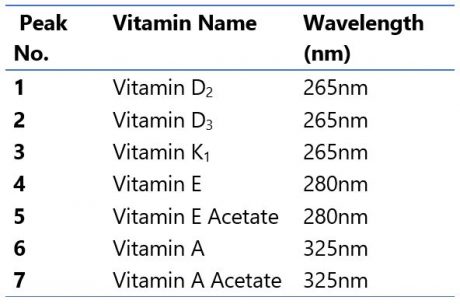
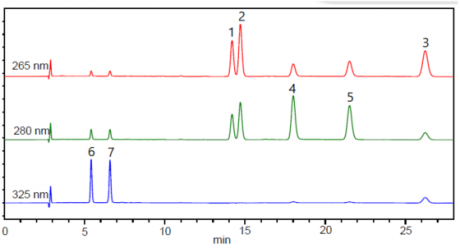
Figure 3. Chromatogram of analytical standard
Both the eye drop sample and supplement sample were analysed with peak identification further confirmed via absorbance spectrum comparisons of both sample and standard. The ability for spectrum comparisons is a vital part of the Compass CDS software offering confidence in results.
Figures 4-8 detail the chromatograms of both the eye drop and supplement samples as well as example absorbance spectrum comparison for Vitamin A, Vitamin E Acetate and Vitamin E.
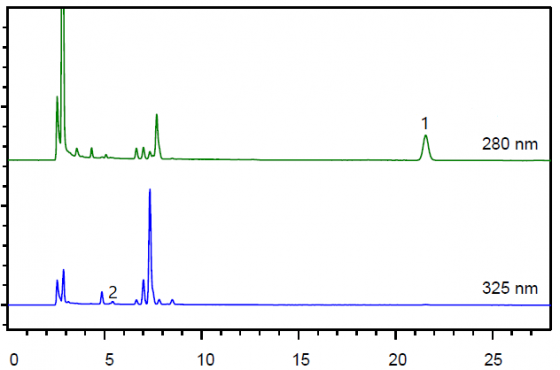
Figure 4. Chromatogram of eye drop sample
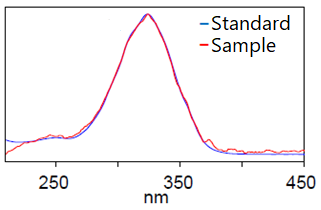
Figure 5. Absorbance spectrum comparison; Vitamin A (eye drop)
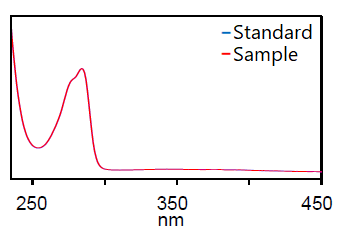
Figure 6. Absorbance spectrum comparison; Vitamin E Acetate (eye drop)
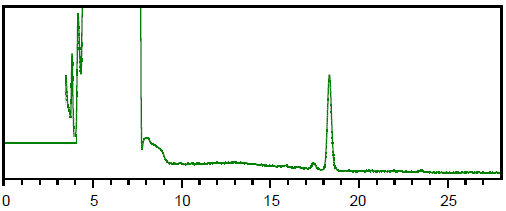
Figure 7. Chromatogram of supplement sample
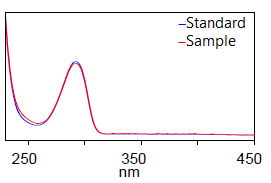
Figure 8. Absorbance spectrum comparison; Vitamin E (supplement sample)
As shown by the above figures, Vitamin A and Vitamin E acetate were detection in the eye drop sample whereas only Vitamin E was detected in the supplement sample. Each identified sample peak gave the same absorbance spectrum as that in the analytical standard, giving confidence in the confirmation of analytes.
Conclusion
Simultaneous identification of seven fat-soluble vitamins was easily achieved using the SCION HPLC with Diode Array Detection and a reverse phase C18 column. A single method utilising multiple wavelengths allowed simultaneous identification of a wide concentration range of vitamins. Compass CDS software allows easy comparison of absorbance spectra for confirmation in identification.
Download Application Note
Download the complete Application Note: Analysis of Fat Soluble Vitamins By HPLC-DAD
SCION Gas Chromatography Analyser
A SCION Gas Chromatography Analyser was used to conduct this research. Providing excellent solutions for Environmental, Oil and Gas and Chemical industries, find out more about Scion GC Analysers.
Alternative Reading
If you have enjoyed reading our article on Fat Soluble Vitamins By HPLC-DAD, you may also enjoy the following article:
If you would like to speak to a member of our team for more information, please don’t hesitate to get in touch. Or to stay in the loop regarding future research and articles from SCION Instruments, why not join us on social media and sign up to our eNewsletter today?
